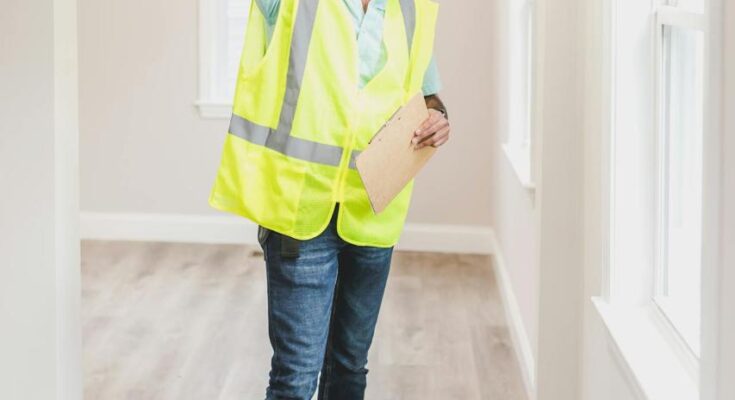Severe storms can cause extensive damage to your home, making it crucial to conduct a thorough inspection once the weather has cleared. Identifying and addressing any issues promptly can prevent further damage and ensure the safety and comfort of your living environment. This guide highlights five key areas of your home to inspect after a severe storm. By focusing on these critical zones, you can effectively manage post-storm damage and maintain the integrity of your home.
1. Roof Inspection
Roof inspection is crucial after a severe storm to identify and address any potential damage. If you are living in Austin, engaging experts like Ace Roofing ensures a thorough evaluation, helping to pinpoint issues such as missing shingles, leaks, or structural damage that can have occurred during the storm. Prompt roof inspection and repair can prevent further deterioration and costly water damage to your home’s interior. Additionally, professional roofers can assess the overall condition of your roofing materials and recommend necessary maintenance or upgrades to enhance resilience against future storms. By prioritizing roof inspection with trusted services, you can maintain the integrity and safety of your home.
2. Exterior Walls and Siding
Storms have the potential to disrupt the external walls and siding of your house, causing significant damage. Be on the lookout for any noticeable damage to the siding, such as cracks, holes, or other imperfections. It is important to pay attention to the regions around doors and windows since these are popular entrance locations for substances including water. An inspection of the foundation should be performed to look for cracks or evidence of shifting since these might be indicators of more significant structural difficulties. If the outside of your house is made of brick or stone, you should inspect it for mortar that is missing or loose. The structural integrity of your house and its look can be preserved if you take prompt action to repair these issues.
3. Windows and Doors
Windows and doors are critical components to inspect after a storm, as they are susceptible to damage from high winds and flying debris. Examine all windows and doors for cracks, broken glass, or damage to the frames and seals. Check that all locks and latches are functioning properly to ensure security. Inspect the weatherstripping around windows and doors for any signs of wear or gaps that could allow water or drafts to enter. Addressing these issues can prevent further damage and improve energy efficiency.
4. Basement and Foundation
The basement and foundation of your home are particularly vulnerable to water damage during severe storms. Start by inspecting the basement for any signs of water intrusion, such as dampness, water stains, or puddles. Check the sump pump to ensure it is functioning correctly, as it plays a vital role in preventing flooding. Examine the foundation for cracks or any signs of settling, which can compromise the structural integrity of your home. Additionally, inspect the grading around your home to ensure water is being directed away from the foundation. Addressing these issues promptly can prevent costly water damage and foundation problems.
5. Electrical System
Severe storms can cause significant damage to your home’s electrical system, posing serious safety hazards. Begin by checking the main electrical panel for any signs of water damage or corrosion. Inspect all electrical outlets, switches, and appliances for signs of damage or water exposure. Look for frayed wires or any burnt smells, which could indicate potential fire hazards. If you experience any issues, it is crucial to contact a licensed electrician to conduct a thorough inspection and make any necessary repairs. Ensuring your electrical system is intact can prevent fires and ensure the safety of your home.
Conclusion
Conducting a thorough inspection of your home after a severe storm is essential to identify and address any damage. By focusing on the roof, exterior walls, windows and doors, basement and foundation, and electrical system, you can effectively manage post-storm repairs and maintain the integrity of your home. Promptly addressing these issues not only protects your home from further damage but also ensures the safety and comfort of your living environment. Regular inspections and timely repairs are key to safeguarding your home against the impacts of severe weather. Investing time in these inspections can save you from costly repairs and provide peace of mind.



